What are the types of waste incinerators and the refractory materials used?
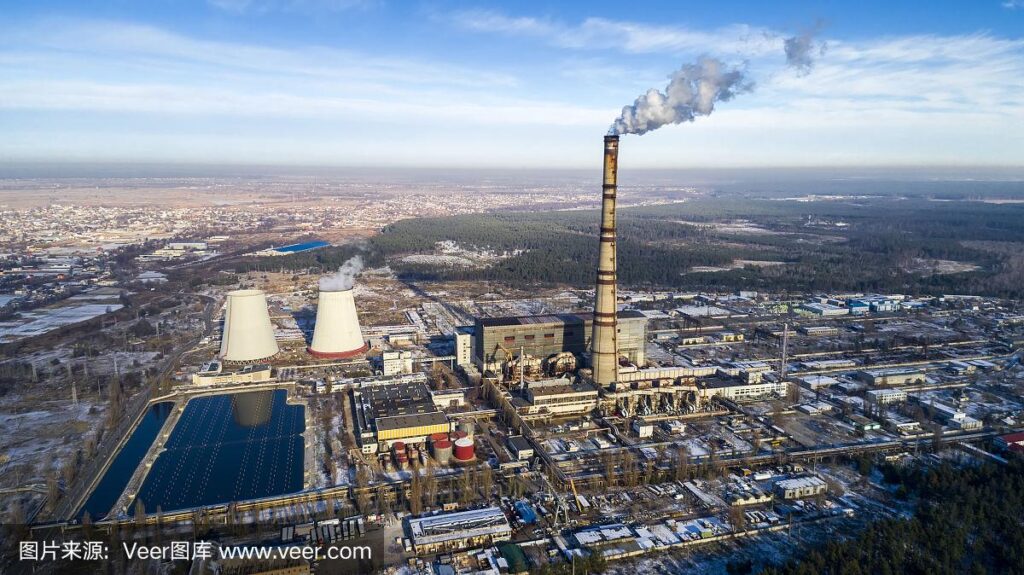
Waste incineration is an important industry for purifying the ecological environment, and reducing the volume and harm of waste is an effective way to alleviate waste pollution. Common waste incinerators include plasma decomposition furnaces, rotary kiln incinerators, grate furnaces, chain furnaces, and co-processing kilns in cement plants. Different types of incinerators can achieve a certain level of combustion efficiency and the purpose of purifying and disposing of waste.
How to avoid frequent shedding of castables at the kiln mouth?
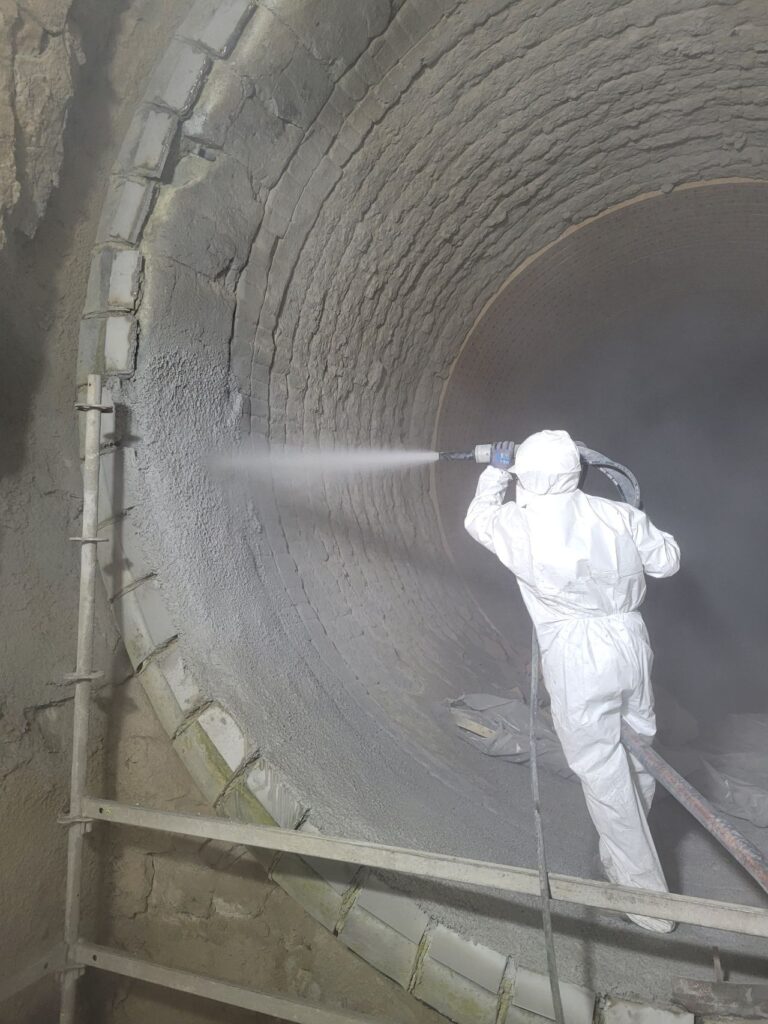
During the cement clinker calcination process, the kiln mouth rotates rapidly with the kiln body and is located in a position that is affected by rapid changes in temperature. This area requires special attention and maintenance during production.
Application of high-quality hydration-bonded castables

Since the first manufacture of castables with reduced cement content based on the French Prost patent, the formulation of refractory castables has undergone significant improvements. Recently, technical characteristics of LCC, ULCC, and NCC castables have been developed along with their construction technology, extending their application to high-temperature and severely erosive environments where only fired refractory bricks were previously used. The proportion of modern refractory castables used in refractory materials has increased, and it has achieved an irreplaceable position in the ironmaking and steelmaking industries, which are the largest consumers of refractory materials. In addition to the traditional alumina (silicon dioxide) raw materials, a wide variety of new refractory castables have been developed and introduced for production and industrial applications. Some typical examples of industrial applications of castables are as follows. In ironmaking production, various types of refractory castables from LCC to NCC are mainly installed in the lining of the iron and slag ditches of the blast furnace. Al2O3-SiO2-SiC-C castables are typically installed by pumping or gunning techniques (spraying, etc.), usually based on high-alumina raw materials and containing additives such as SiC, carbon (sometimes magnesium-aluminum spinel). Metallic aluminum or other additives are often used in these castables to enable fast drying. The refractory linings of torpedo tanks, especially the throat and waist, are often made of alumina-based castables with SiC and carbon additions. This type of castable is also used to maintain the equipment mentioned above. In steelmaking production, ladles are the main consumers of castables, usually used for the lining and bottom of sleeves. Only magnesia carbon bricks are used for the slag line, and most of them contain spinel (or synthetic, or in-situ generated) aluminum-based castables, which have shown good performance in these applications. Various installation methods are used in these cases, depending on availability at the specific steelworks. In some steelworks, the concept of “continuous lining” is applied. However, ladles are not the only steelmaking installations lined with refractory castables. Tundish permanent lining for continuous casting, integral porous plug, seat brick, spray lance, desulfurization and deargon stirring lance, vacuum refractory lining of RH degassing vessel, triangular area of EAF furnace, refractory brick sleeve, submerged nozzle, etc. are just a few examples of other applications of hydration-bonded castables in steelmaking production. Modern castables have also been widely used in smelting and holding furnaces in the aluminum smelting industry. These castables have a microstructure that reduces penetration by molten metal. Anti-wetting additives (Ba salt, CaF2, AlF3) are applied to modify the refractory surface in contact with molten aluminum. Recently, refractory materials with calcium hexaaluminate as aggregate have also been applied in these fields. In the cement industry, castables are mainly used in the discharge end, discharge area, and cyclone suspension pre-calciner. The main requirements for refractory castables in these applications are excellent alkali attack resistance, corrosion resistance, and excellent thermal shock resistance. Mullite castables with high alumina or sometimes SiC have been used with good results. In some cases, special parts such as the discharge end of the rotary kiln are produced as prefabricated parts using SIFCA technology. Modern refractory castables have found significant applications in refineries and petrochemical industries where they must endure harsh conditions such as alumina catalysts, carbon monoxide exposure, carbon penetration, and prolonged thermal shock. Typically, these castables are installed using spraying technology. In waste incinerators, the refractory castables must be highly resistant to chemical corrosion. In this environment, SiC-based materials have proven to be the most effective due to their high thermal conductivity, which ensures the necessary heat transfer.
Steel Production and Processes
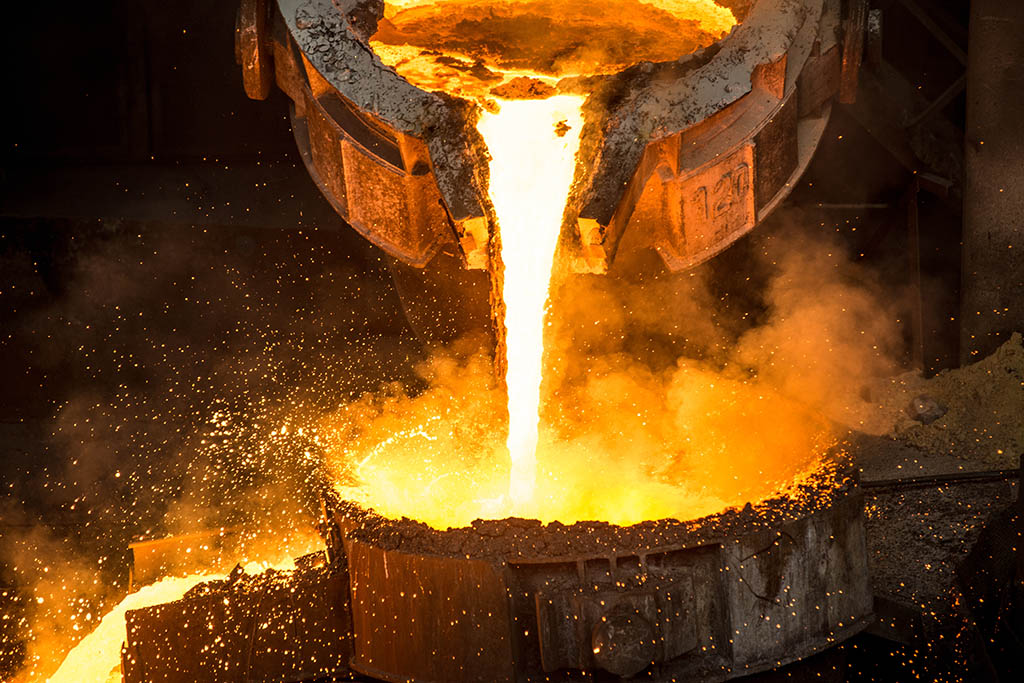
The iron and steel production process involves several steps, including ironmaking, steelmaking, steel casting, steel rolling, and other related processes. We will focus on the technological process of ironmaking and steelmaking.
What’s The Difference Between Electric Arc Furnace And Intermediate Frequency Furnace?
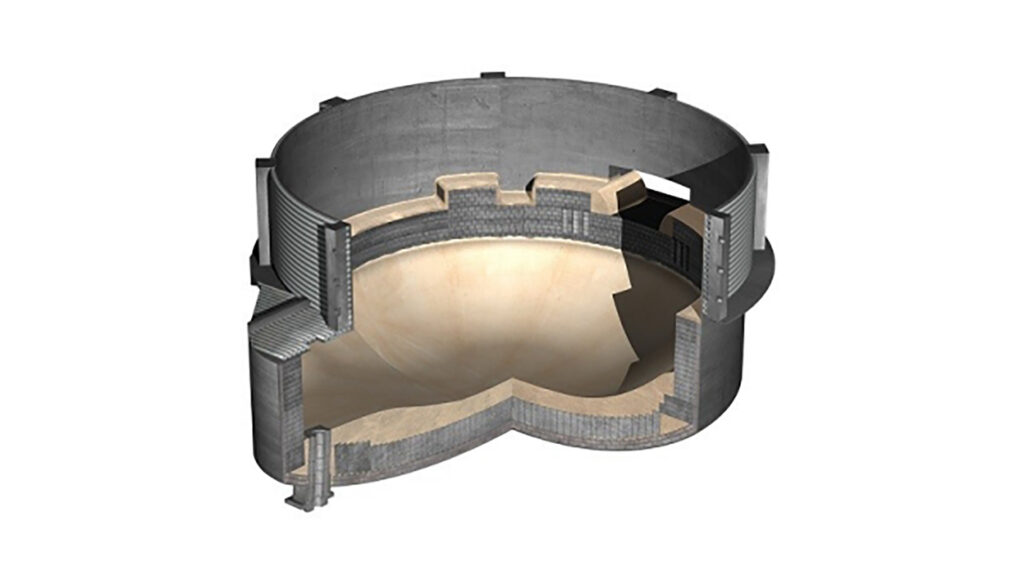
In the realm of steelmaking, there are two different types of electric furnaces: electric arc furnaces and medium frequency furnaces.
Despite some similarities, they have distinct differences based on their principles, classifications, and advantages.
How To Reduce High Temperature Erosion Of Magnesia Carbon Bricks?

arbon-magnesia is a composite refractory material that is made by combining magnesia and carbon. It is widely used in various industries due to its unique properties. Magnesia is known for its exceptional resistance to slag erosion, while carbon boasts of high thermal conductivity and low expansion. This combination makes carbon-magnesia a versatile material with a wide range of applications.
How To Choose Lightweight Refractory Clay Bricks?
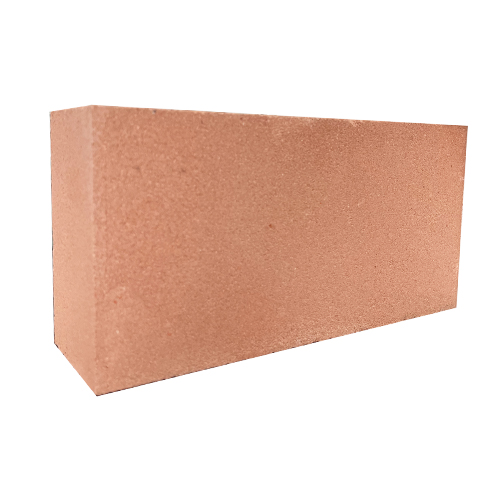
Lightweight clay brick is a lightweight thermal insulation-shaped product used for the thermal insulation layer of the furnace lining at a temperature of about 1100 °C.
Analysis Of China’s Refractory Market
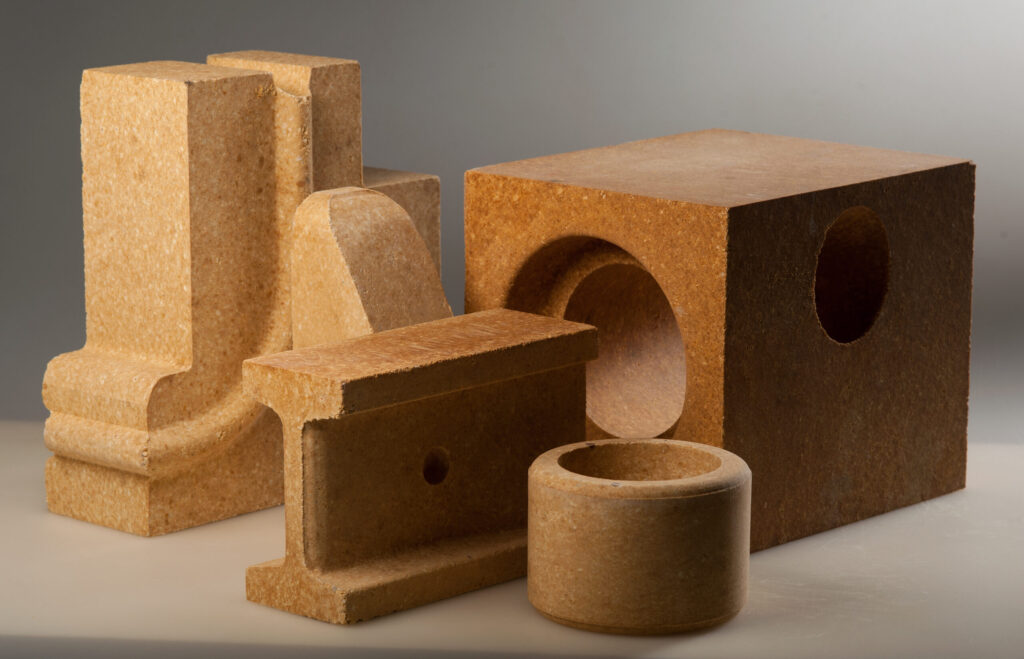
Relying on the advantages of raw materials such as bauxite and magnesite, China has been ranked the world’s largest refractory production country for many years. As of 2019, China’s refractory production accounted for 64% of global refractory production. Europe is the second largest production area in the world, accounting for about 10% of global production. The United States ranks third, accounting for about 9% of global production, Japan’s production accounts for about 4%, and the total output of the top five production areas accounts for 87%.
Refractory Materials For Thermal Furnaces In Petroleum And Chemical Industries
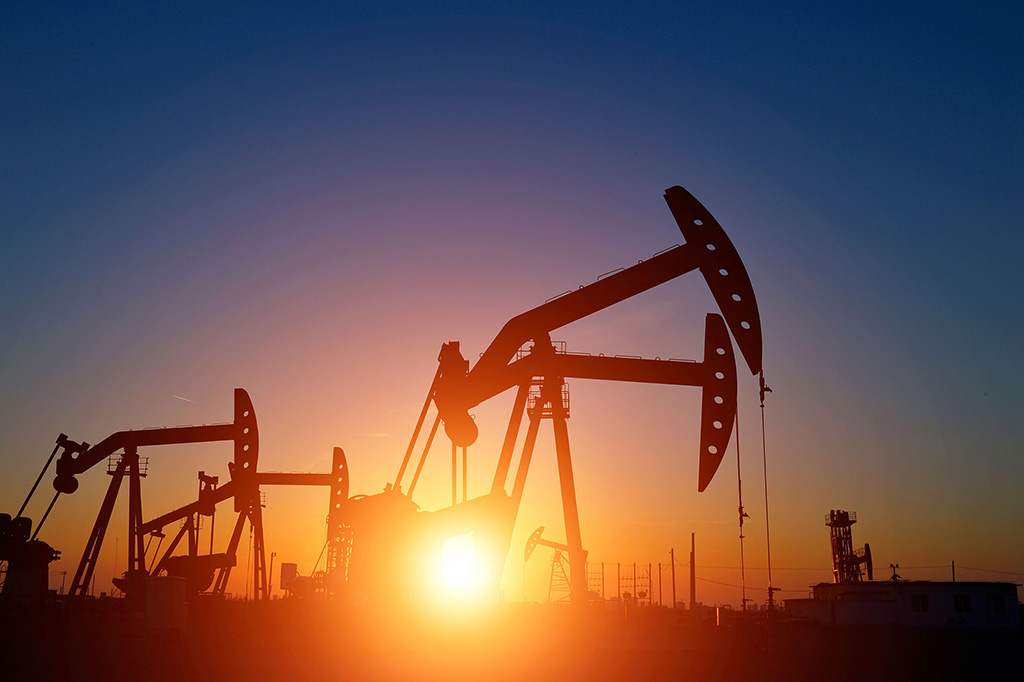
The chemical and petroleum industries are essential fields of refractory applications. Due to many thermal furnaces and complex operating conditions, it is necessary to choose various refractory materials to suit their special application conditions.

